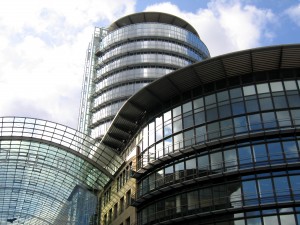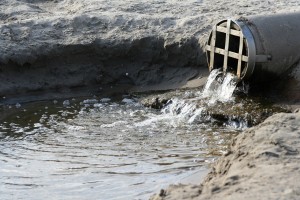Every commercial building has its unique needs. Whether your business is a restaurant, warehouse, healthcare facility, property management or other type of commercial enterprise, a professional pest control company takes into account the requirements of your specific industry. One size does not fit all.
What Types of Businesses are Most Affected?

In short, all types of commercial enterprises can be affected by pests. Depending on the area in which the building is situated, the food and water situation, and the design of the building, a commercial building may find itself particularly vulnerable. For instance, those areas that handle or store food may be a strong attractant for pests. Facilities that have plenty of cluttered spaces, or damp areas can also draw more pests.
But putting in place a thorough pest management service and following some easy steps shown by knowledgeable pest control service providers, you can ensure that your building remains pest free.
When the primary needs of insects and rodents are met, they can thrive. This means that water, a food source and space can provide pests with the ingredients they need to multiply and become a problem. The problem is that most commercial buildings are also built for humans so that these basic needs are already there. The key is to not allow pests the access they need. Not only containing the problem, but also eliminating it into the future is an important component of any professional pest control company.
The 4 Factors Pests Thrive On
1. Food Source
Without a source of food, pests will not survive. Not just food storage, handling and preparation areas, but also food waste, potted plants, dead skin, and rotting wood are all potential food sources for pests. Depending on the type of insect or rodent, the food source may be easy to eliminate or to control through sanitation, or possibly much more difficult. In the case of rotting wood structures such as fences etc., the entire structure would likely have to be removed. In other cases, increasing sanitary knowledge and behaviour could be sufficient.
2. Water
 For some pests, standing water is a huge attractant. Others require only increased moisture or dampness for their water source. Controlling for humidity, as well as promptly dealing with leaks or standing water is an important way of managing a pest problem.
For some pests, standing water is a huge attractant. Others require only increased moisture or dampness for their water source. Controlling for humidity, as well as promptly dealing with leaks or standing water is an important way of managing a pest problem.
Potential water sources include bathrooms, kitchens, water fountains, water pipes, climate control equipment, among other sources, are places to look out for. Standing water, such as that in air conditioner drain pans or water on a roof near ventilation system intakes, or in other places can provide water sources.
3. Shelter
Most pests need undisturbed spaces for shelter. Small and dark spaces, such as cracks in the wall, concealed corners, or piles of materials such as boxes, make excellent habitats for pests. Debris can make an area attractive and clutter can make it difficult to spot pests, so problems can proliferate.
4. Climate
Keeping a comfortable climate — such as that between 20 and 30 degrees celcius — is unfortunately also optimum for many insects. Exposed to temperatures below -2 or above 45 degrees can kill off many insects.
Pests Have No Business in a Business Setting
Putting a commercial pest elimination program into place means taking care of business. Each program is customized, taking into account the size and type of the property or properties and the scale of the problem. Whether it’s a one-time deal, or putting in a regular preventative service program, pest control is an integral part of keeping a building clean, safe, and secure. Don’t neglect the problem until it’s too late.